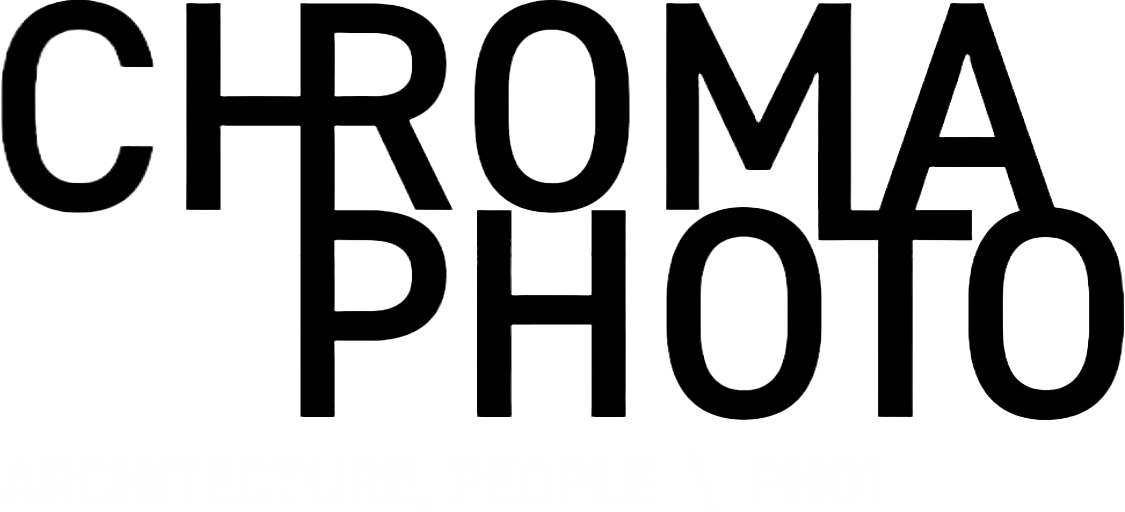RIBA Journal Article: I can’t visualise objects in my mind yet I've still been able to work as an architect and photographer
Original Article here: RIBAJ
Chris Hopkinson, one of the 2-4 per cent of the population with aphantasia, explains how his career has nevertheless taken a very visual direction – and argues that our education system shouldn't assume everyone's mind works in the same way.
I first heard the word ‘aphantasia’ on a film podcast last year. Someone had written in to talk about a condition where a person cannot visualise objects. Like the writer, I’d always sort of assumed that when someone asks you to picture something ‘in your mind’s eye’ that was a metaphor, and everyone else was also very vaguely thinking of the thing rather than being able to summon up a definite image.
In fact, those of us who are unable to visualise only make up an estimated 2 to 4 per cent of the population. But while aphantasia was identified and named by Francis Galton in 1880, it remained relatively unexplored until a 2015 study by Adam Zeman at the University of Exeter, Lives Without Imagery.
As a member of that small minority, it may seem surprising that I have worked first as an architect, and subsequently as an architectural photographer. But discovering that I have aphantasia has encouraged me to reflect on the way perception informs the way we understand and discuss spatial experiences.
Photography, in its simplest terms, is recording light, and thus a moment, so it can be seen at a later date. Without realising it, my interest in photography may be partially driven by a striving to see and remember objects and scenes. Attempting to recall the faces of friends and family is mostly like trying to see them through soup. I wouldn’t even want to try drawing someone from memory. Aphantasia is different to prosopagnosia (face blindness), in that I do recognise people when I see them, but later on their features don’t remain in my mind to see. With a camera in hand, I have the – very enjoyable – capacity to capture, keep and share bits of the world around me.
While I don’t have a visual memory per se, I do have a spatial memory and could do a half-decent job of sketching a plan of my primary school, for example. So some of us have ways of recalling the physical environment that are not exactly visual. Linear items are much more accessible in my mind than organic ones – good for much of architecture. I can also navigate spaces in my mind but without their visual qualities. Think of it like being able to walk around your house with the lights off.
The nuances of memory, visualisation and cognition are infinitely complex and vary according to our brain architecture, education, experiences and more. All this must play some role in predilections for our career choices, and predisposition for excelling in our chosen areas.
So why aren’t we talking about it? Discovering and discussing these things at school or university could allow us to either embrace, avoid, complement or know where we need extra help or a different approach to achieve our ambitions.
It may be that the aphantasia helps to explain why technical details often eluded me as an architecture student; trying to remember the names or uses of materials, and then put them together mentally in 2D or 3D, never worked. Thinking about organisation and uses of space, plans and elevations felt much more natural. But if I had really wanted to get into technical details, it may have been useful to be aware of subconscious shortcomings, and then find ways to overcome them with alternative techniques and the skills I do have.
Glen Keane, who was a lead artist at Disney, has aphantasia but found his own methodologies to visualise and draw characters. For him, this involved research, gathering images, ideas and physical things to look at, then beginning to crudely draw before ‘finding’ the lines he wanted. He knew instinctively when he got there but had to take the journey. Other artists may just be able to put together characters in their minds, and ‘draw’ there, edit, select and refine, but Keane’s success shows that the same results can be reached with differing natural abilities and alternate approaches.
For me, it’s becoming more apparent that what I’m blessed with – and what I lack – have nudged me into the rather niche role of architectural photographer. Reflecting on my own approaches has also helped frame views on learning, and consider how our educational systems expect everyone to have the same skill sets. As the profession benefits from diversity, it’s vital that our education system should not assume that all prospective architects think – or see – the same way.
Understanding more about aphantasia has also highlighted the need to give greater consideration to diversity in perception and spatial understanding in design. After all, it’s not only among architects that there is remarkable variation, but also among the people for whom we design.
Chris Hopkinson is a London-based photographer and videographer, running Chromaphotography



